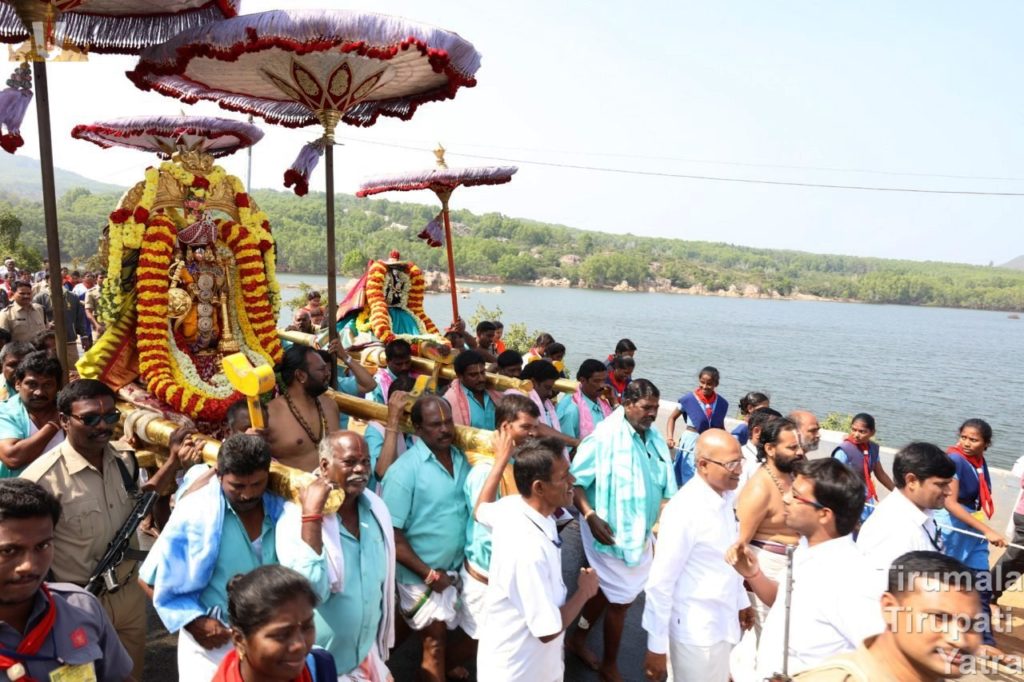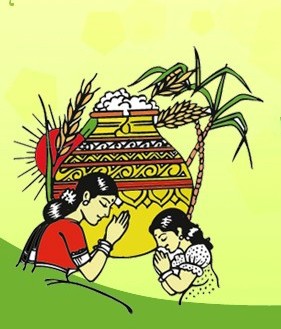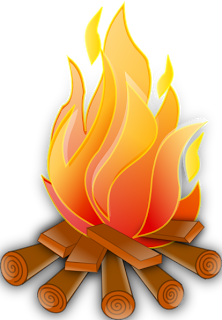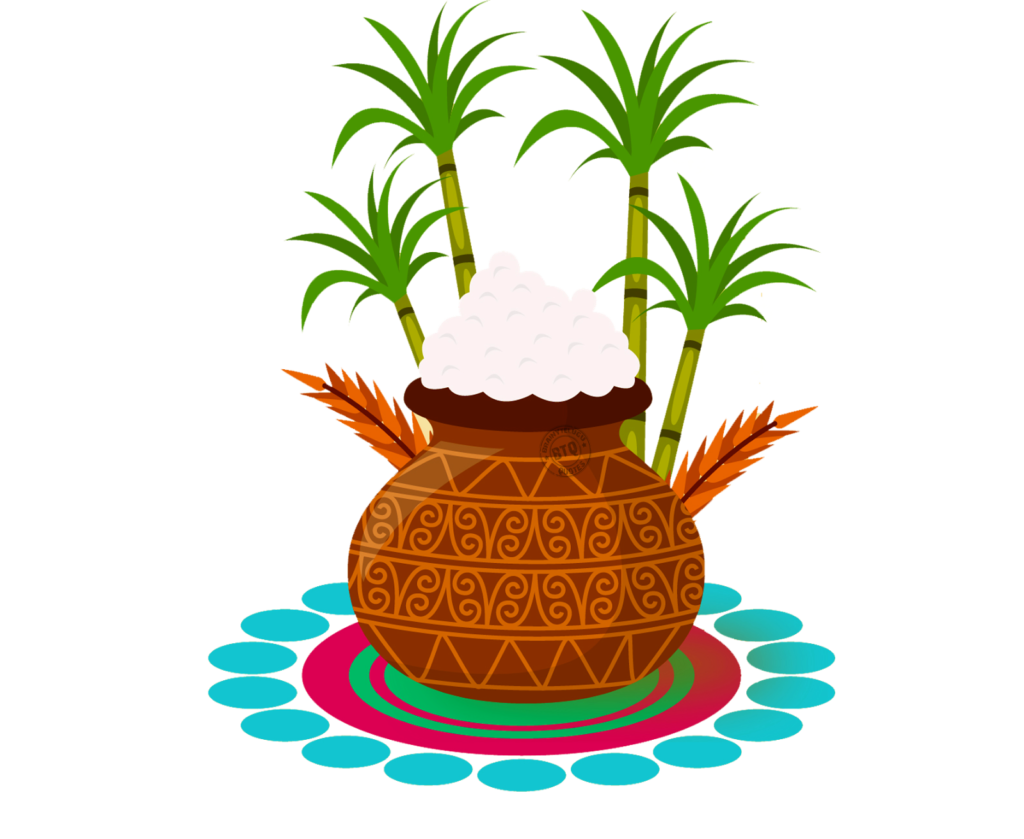The special celebration that is held in Kanuma, the universal omnipotent God Lord Venkateswara is regarded as Paruveta Utsavam. Malayappa Wears Hunting Dress Lord Malayappa wears a hunting dress, head guard, and five weapons such as Sudarshana Chakra, Panchajanya Conch, Nandaka Sword, Koumodaki Gada and Sargabow besides Sword, Shield, and Sphere, boarding Silver Chariot Read More
Tag: Kanuma
Kanuma – A Festival for cattle
Our beloved Bharatvarsha is a land of ancient Vedic practices and a rich heritage emulated globally. We are in an agrarian country where we revere the fundamental points of agriculture. Our animal stock forms a veritable fulcrum. In our ‘Sanatana Dharma’, there are many scientifically proven rituals that are dedicated to nurturing our livestock. Among Read More
Bhogi Festival
Bhogi The last day of Danus Sankranti is Bhogi. People celebrate it with great zeal and happiness as it is the first festival in the English New Year. One day before people collect derelict objects like broken furniture, spoiled mats, used brooms, used winnowers, logs and dry branches of the trees etc. On Bhogi day Read More
Makara Sankranti
Makara Sankranti is one of the biggest festivals celebrated by the Indians Sankranti – Four Sankrantis are Main The sun changes from one zodiac sign to another zodiac sign once every 30 days. The time at which the sun changes the zodiac sign is called ‘Sankramanam‘. The day on which sankramanam occurs is called ‘Sankranti’. Read More




